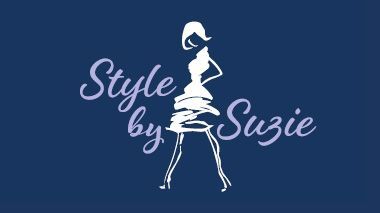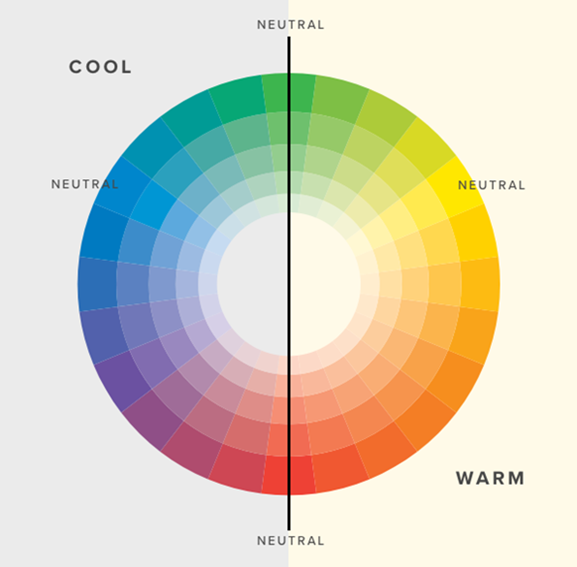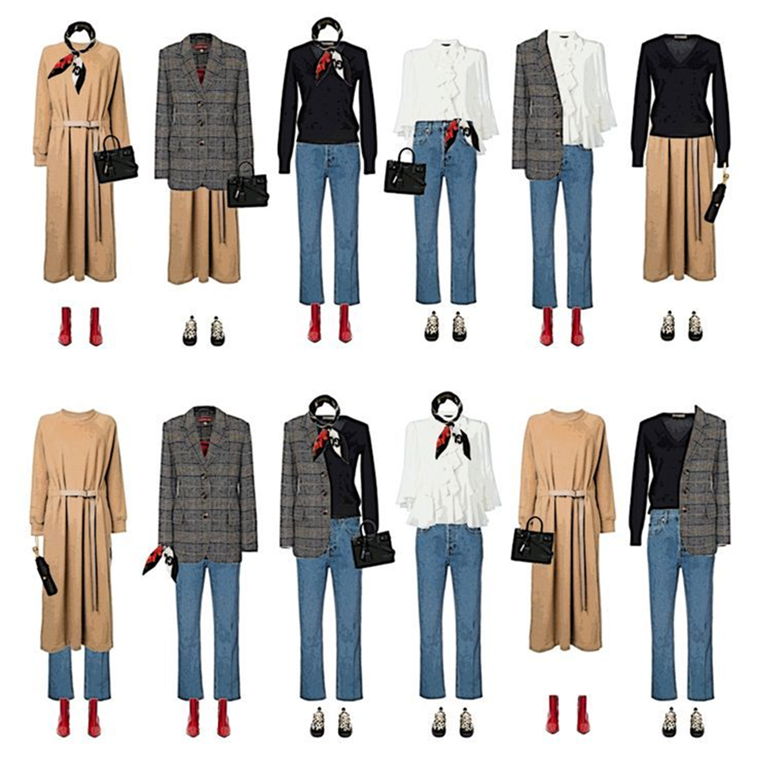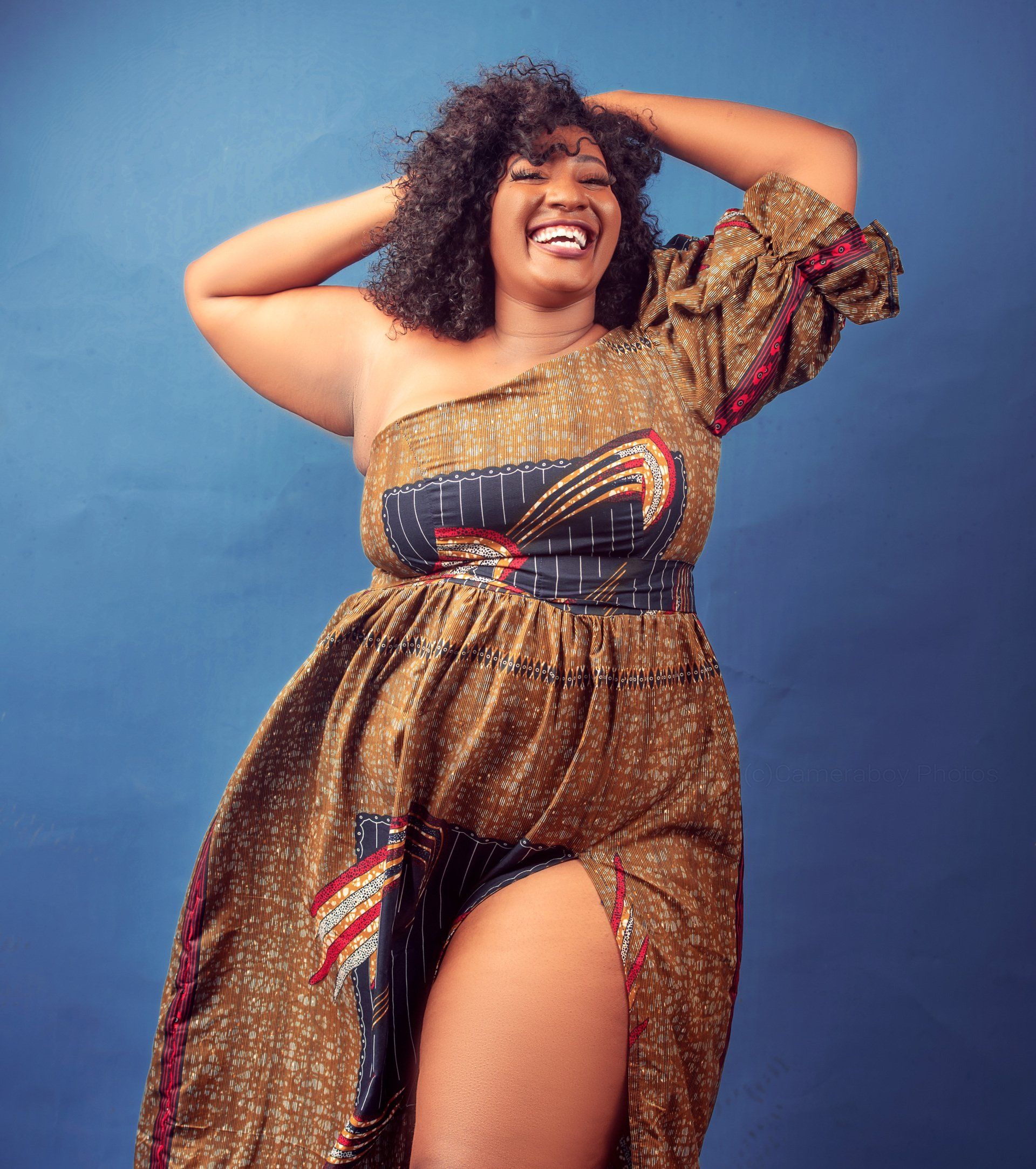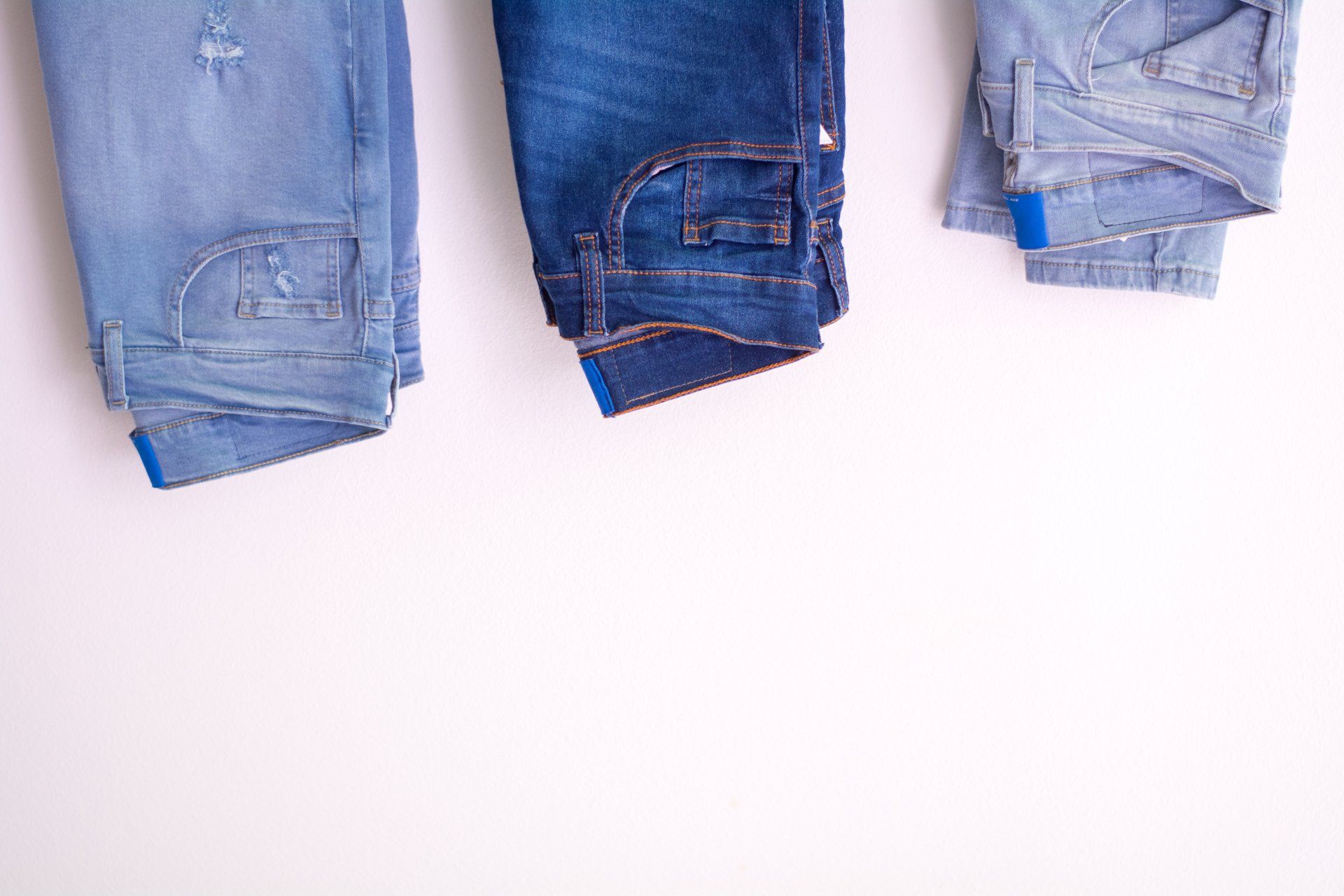What is Colour Analysis Theory?
What is Colour Analysis Theory and How is it Applied in Choosing a Style?
Colour analysis theory, also known as colour analysis or colour theory, is a fundamental concept in the fashion industry that revolves around understanding how colours can enhance a person's appearance based on their natural colouring. It aims to determine which colours suit an individual's skin tone, hair colour, and eye colour best, thereby helping them make informed decisions about their clothing, makeup, and accessories.
The Seasons
The theory is rooted in the idea that each person falls into one of several colour categories, which are typically referred to as "seasons." The most common colour seasons are:
Spring: Spring complexions generally have warm undertones, often with light-coloured eyes (such as blue or green) and warm hair tones (like strawberry blonde or light golden brown).
Summer: Summer complexions usually have cool undertones, with light-coloured eyes (blue, green, or hazel) and soft, cool hair colors (e.g., ash blonde or light to medium brown).
Autumn: Autumn complexions have warm undertones, often with rich, warm eye colours (e.g., brown or amber) and hair colours (such as auburn, deep brown, or red).
Winter: Winter complexions typically have cool undertones, dark eyes (brown, black, or deep blue), and dark hair (black, dark brown, or cool-toned shades).
Methods for Determining an Individual's Colour Season
Fashion consultants, stylists, or colour analysts use a range of methods to determine an individual's colour season. Some of these methods include:
Skin undertone analysis: This involves examining the undertones of a person's skin to determine whether they are warm (yellow or peach undertones) or cool (pink or blue undertones).
Draping method: The individual is draped with different coloured fabrics, and the analyst observes how their skin reacts to each colour, noting which ones brighten their complexion or create a harmonious balance.
Seasonal colour swatches: Once the colour season is determined, the individual is provided with a set of colour swatches that complement their natural colouring. These swatches can be used while shopping for clothing or makeup products to ensure they select the most flattering shades.
The Benefits
The benefits of colour analysis in the fashion industry are numerous. By understanding one's colour season, an individual can:
Choose clothing and accessories that enhance their natural beauty and make them look more radiant and youthful.
Create a cohesive and flattering wardrobe by focusing on colours that complement their complexion and can be easily mixed and matched.
Make more informed decisions when selecting makeup products, ensuring they choose shades that enhance their features.
Save time and money by avoiding clothes or makeup that do not suit their natural colouring.
Conclusion
While colour analysis can be a valuable tool for personal style development, it is important to note that personal preferences and individuality should always be considered. Ultimately, the goal is to use colour analysis as a guide to help individuals make choices that align with their unique style and enhance their confidence and self-expression.
